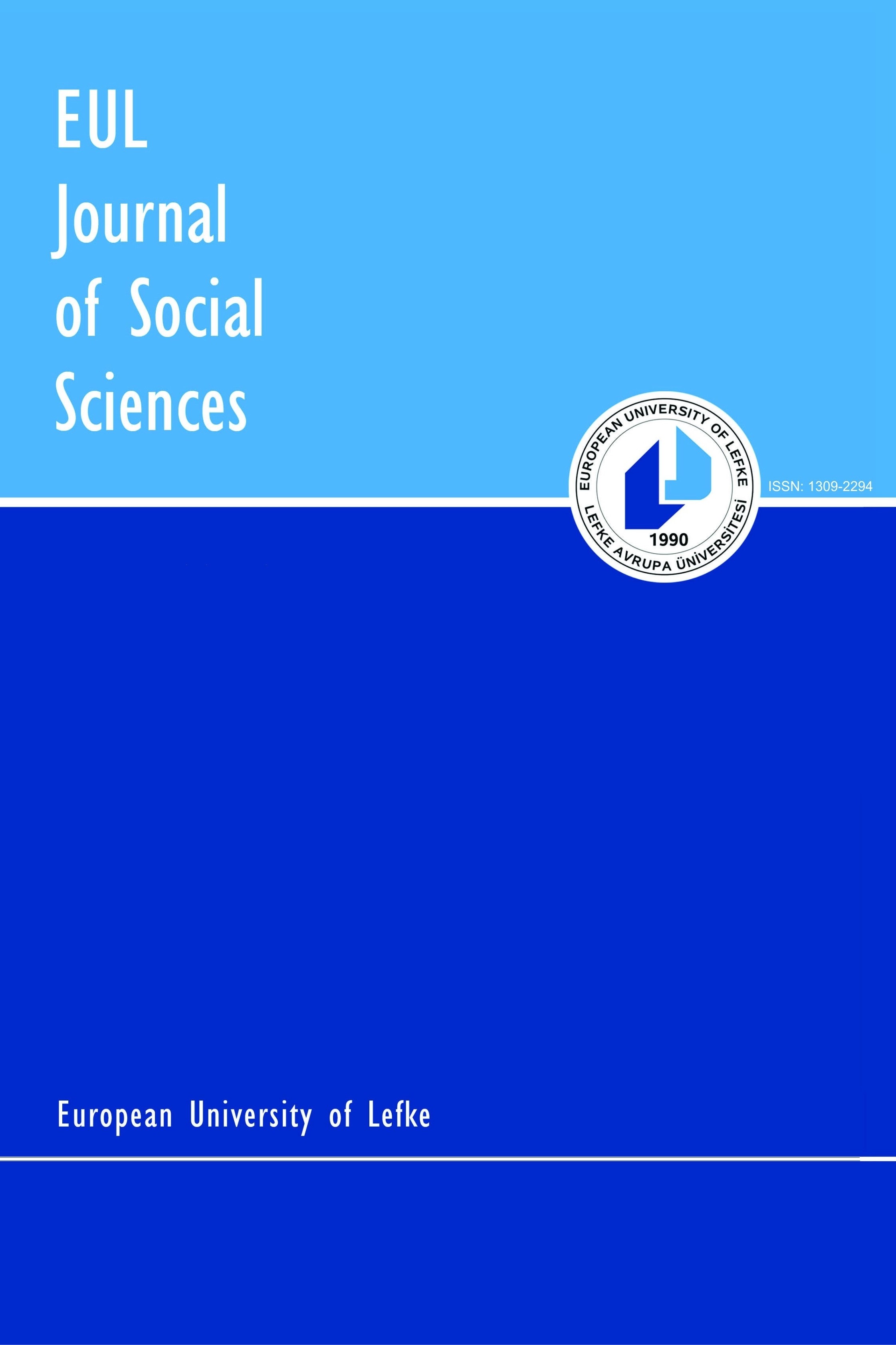Aid-Growth Relationship: Evidence From a Co-integratıon Analysis for the Five Poorest Countries of the World
Aid-Growth Relationship: Evidence From a Co-integratıon Analysis for the Five Poorest Countries of the World
Foreign aid economic growth, RGDPpc,
___
- Ali, A. & Isse, H. (2005), “An Empirical Analysis of the Effect of Aid on Growth”, International Advances in Economic Research, 11(1): 1-11.
- Arndt, C., Jones, S., & Tarp, F. (2010), “Aid, Growth, and Development: Have we Come Full Circle?”, https://www.degruyter.com/view/j/jgd.2010.1.2/jgd.2010.1.2.1121/jgd.2010.1.2.1121.xml, Retrieved: 05.07.17.
- Bacha, T. (1990), “A Three Gap Models of Foreign Transfers and the GDP Growth Rate in Developing Countries”, Journal of Development Economics, 32(4): 279-296.
- Barro, R. J. (1991), “Economic Growth in a Cross Section of Countries”, Quarterly Journal of Economics, 106(2): 407-443. Brown, R. L., Durbin, J., and Evans J. M. (1975), “Techniques for Testing the Constancy of Regression Relationships over Time”, Journal of the Royal Statistical Society, Series 37(2): 149-192.
- Boone, P. (1996), “Politics and the Effectiveness of Foreign Aid”, European Economic Review, 40(2): 289-329.
- Burnside, C. and Dollar, D. (2000), “Aid, Policies, and Growth”, American Economic Review, 90(5): 847-868.
- Chenery, H. B., & Strout, A. M. (1996), “Foreign Assistance and Economic Development”, The American Economic Review, 56(4): 679-733.
- Collier, P., and Dollar, D. (2001), “Aid Allocation and Poverty Reduction”, European Economic Review, 46(8): 1475-1500.
- Dalgaard, C. J., Hansen, H., & Finn, T. (2004), “On the Empirics of Foreign Aid and Growth”, The Economic Journal, 114(496): 191-216.
- Dietrich, S. & Wright, J. (2015), “Foreign Aid Allocation Tactics and Democratic Change in Africa”, The Journal of Politics, 77(1): 216-234.
- Domar, E. (1946), “Capital Expansion, Rate of Growth and Employment”, Econometrica, 14(2): 137–147.
- Dowling, M. & Hiemenz, U. (1982), “Aid, Savings and Growth in the Asian Region”, Economic Office Report Asian Development Bank: Manila, https://onlinelibrary. wiley.com/doi/abs/10.1111/j.1746-1049.1983.tb00641.x, Retrieved: 11.06.17.
- Easterly, W. (2004), “Can Foreign Aid Buy Growth?”, Journal of Economic Perspectives,17(4): 23-48.
- Engle, R. F., & Granger, C. W. (1987), “Co-integration and Error Correction: Representation, Estimation, and Testing”, Econometrica: Journal of the Econometric Society, 55(2): 251-276.
- Eskander, A., Debasri, M., & Elias, K. S. (2008), “Aid, Policies, and Growth in Developing Countries: A New Look at the Empirics”, Southern Economic Journal, 74(3): 693-706.
- ISSN: 1309-2294
- Yayın Aralığı: Yılda 2 Sayı
- Başlangıç: 2010
- Yayıncı: Lefke Avrupa Üniversitesi
Yükselen Nijerya Ekonomisinde Ev Fiyatları Getirilerinin Enflasyondan Korunma Kapasitesi
M. B. WAHAB, O. S. OLA, A. İ. SULE, A. S. ADEPOJU, Z. U. DODO
Social Media and Crisis Management: A Review and Analysis of Existing Studies
Oberiri Destiny APUKE, Elif Asude TUNCA
Kelvin ONYIBOR, Sununu İbrahim BAH, Adebayo TOMIWA
İtibari Paranın Kullanımdan Kaldırılmasına Yönelik Teorik Bir Değerlendirme
Umut EVLİMOĞLU, Umut Tolga GÜMÜŞ
Türkiye’de Mahalli İdareler Halk Denetçisi Düzenlemesi Üzerine Bir Değerlendirme
Kritik Faktörlerin Ödenmemiş Konut Kira Bedellerine Katkısı, Minna, Nijerya
Olurotimi Adebowale KEMIKI, Adeyosoye Babatunde AYOOLA, İsmail OJETUNDE, Rukayat Adeola OGUNBAJO, Shien Stephen KUMA
